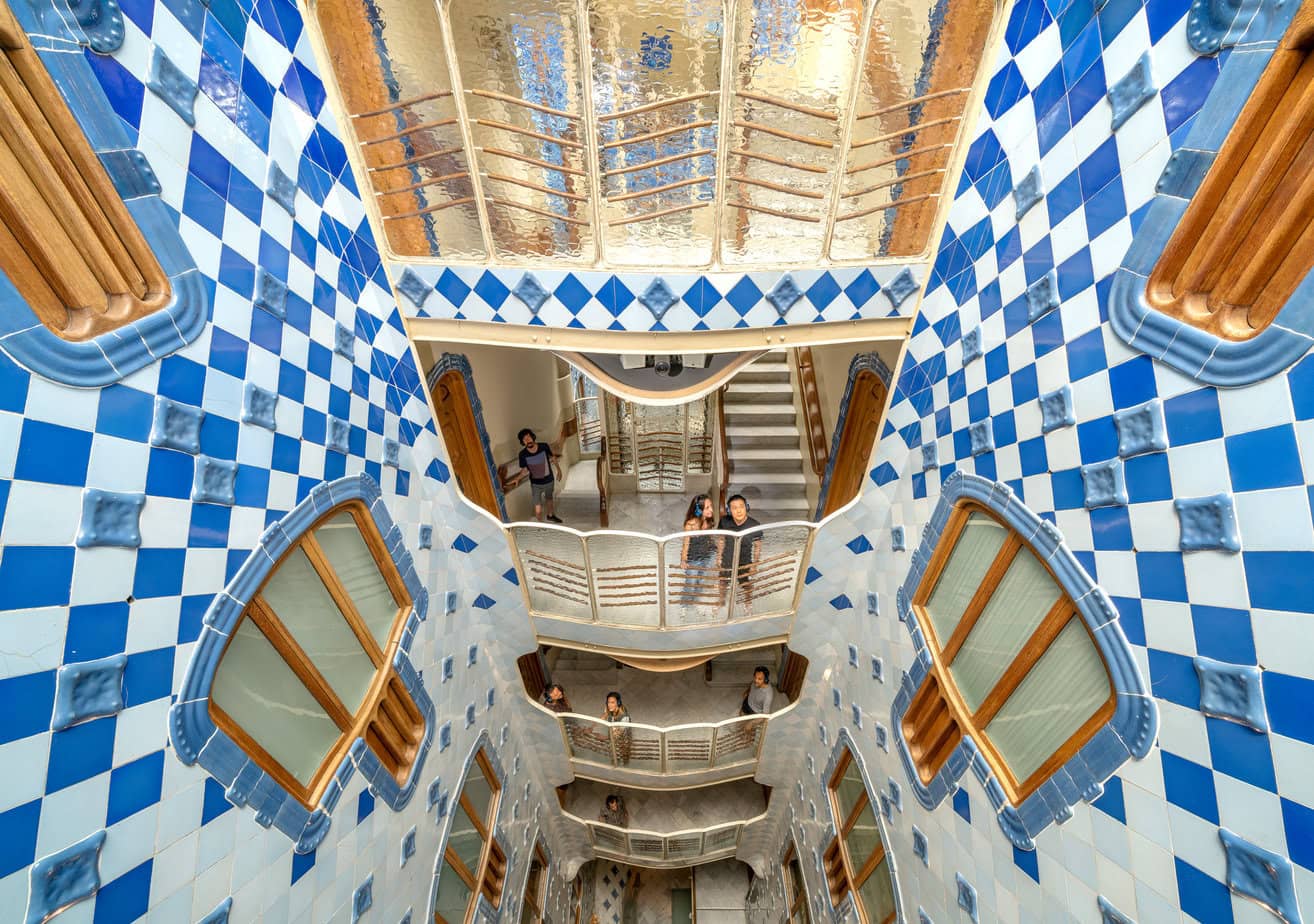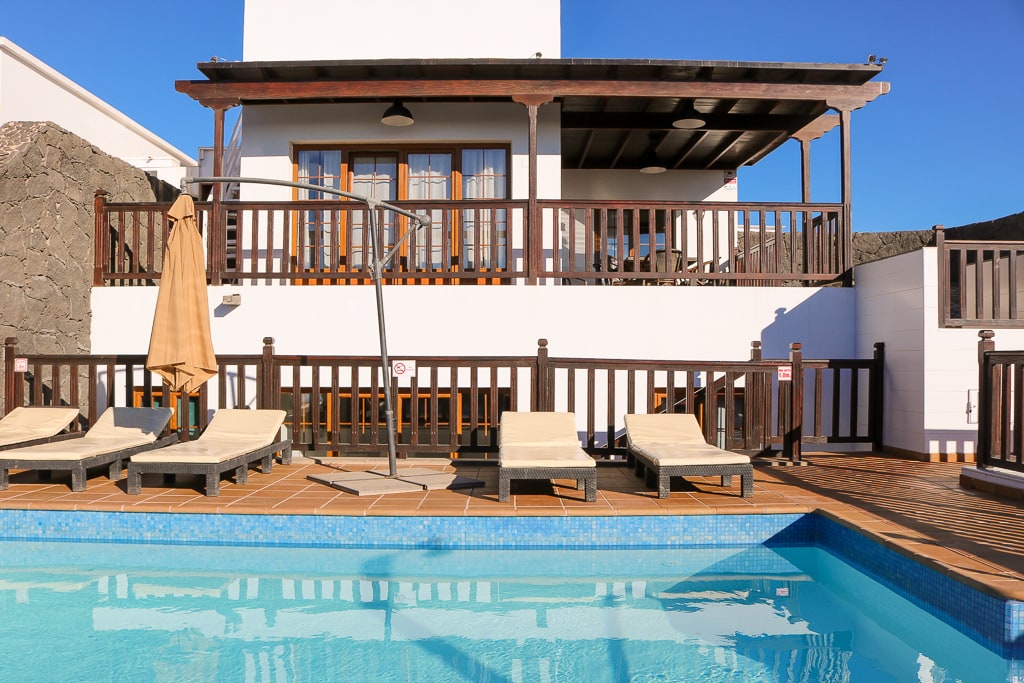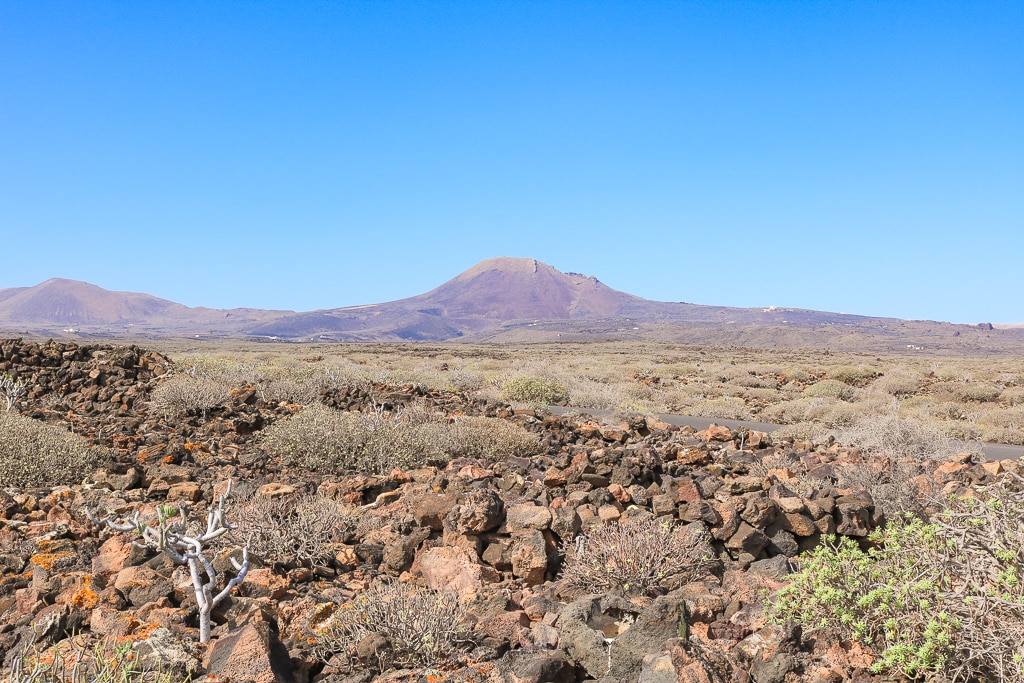Some posts on this site contain affiliate links. If you book or buy something through these links, I earn a small commission (at no extra cost to you). Take a look at my privacy policy for more information.
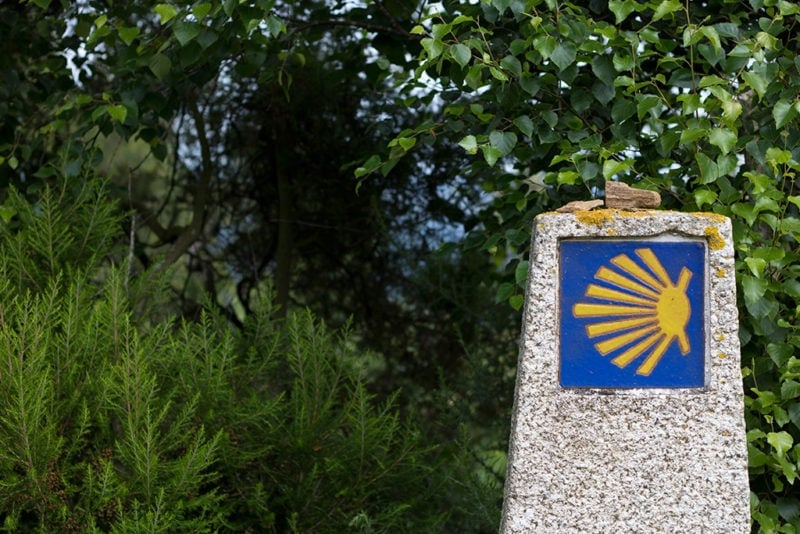
Whether you’re an avid hiker or just someone seeking a unique pilgrimage experience, the Camino de Santiago should definitely be on your bucket list!
This ancient network of pilgrimage routes across Europe leads to the shrine of the apostle Saint James the Great in the cathedral of Santiago de Compostela in Galicia, Spain. Each route offers its own charm, scenery, and challenges. Let’s dive into the details of the seven main Camino routes:
1. Camino Francés
Distance: Approximately 780 km
Starting Point: Saint-Jean-Pied-de-Port, France
The most popular route, passing through picturesque Spanish villages, stunning landscapes, and iconic landmarks like the Cruz de Ferro. Along the way you’ll pass through Navarra, La Rioja, Castilla y León, and Galicia -ending, of course, at the iconic Cathedral of Santiago de Compostela.

2. Camino Portugués
Distance: Around 620 km
Starting Point: Lisbon or Porto, Portugal
Coastal views, historic towns, and cultural immersion in Portugal before crossing into Spain. The Portuguese route is known for its relatively gentle terrain and delicious seafood along the way – making it a good option for beginners. The coast-hugging section of the Camino Portugues from Porto to Baiona is particularly lovely, boasting stunning coastal landscapes and pretty fishing villages along the way.
3. Camino del Norte
Distance: Approximately 825 km
Starting Point: Irun or San Sebastián, Spain
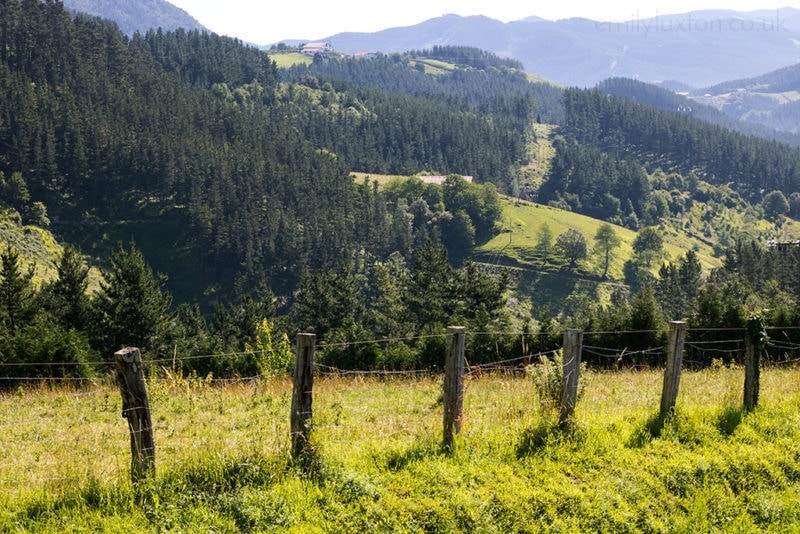
Spectacular coastal scenery, rugged cliffs, and charming fishing villages along the northern coast of Spain. This route is more challenging due to its terrain – with many clifftop ascents and descents – but the breathtaking views make it worth it. I walked several sections of the Camino del Norte a few years ago and can confirm that this is one of the most beautiful Camino de Santiago routes.
4. Camino Primitivo
Distance: Around 320 km
Starting Point: Oviedo, Spain
Although the Camino Frances is the better-known route these days, the Camino Primitivo is often called “The Original Way” – as it is the oldest route and thought to be the first ever walked. It takes you through lush forests, mountains, and quaint villages in Asturias before joining the Camino Francés. The Primitivo offers a quieter and more rugged experience for seasoned pilgrims.
5. Camino Inglés
Distance: Approximately 120 km
Starting Point: Ferrol or A Coruña, Spain
Historically used by pilgrims arriving by sea, The English Way – also known as the Celtic Camino – is a shorter route offering a glimpse into Galicia’s maritime heritage. Despite its shorter length, it still provides a fulfilling Camino experience.
The English Way can actually be extended to a much longer route: it almost matches up with one of the English Caminos, the St James’s Way from Reading to Southampton.
From Southampton, you’ll need to take a train to nearby Portsmouth, then hop on a ferry to the north coast of Spain – and from there take public transport to Ferrol to start the rest of the walk. So it’s not super convenient, but it can be done!
6. Via de la Plata
Distance: Around 1,000 km
Starting Point: Seville, Spain
Following an ancient Roman road, this route traverses the heart of Spain, passing through diverse landscapes, Roman ruins, and charming towns. It’s one of the longest and most challenging Camino routes, suitable for experienced hikers.
7. Camino de Finisterre
Distance: Approximately 90 km
Starting Point: Santiago de Compostela, Spain
Often referred to as the “Camino to the End of the Earth,” this extension takes pilgrims to Cape Finisterre on the Atlantic coast, where they can witness stunning sunsets and reflect on their journey’s end.
Which is the Most Popular Route?
Among the seven Camino de Santiago routes, the Camino Francés stands out as the most popular choice for pilgrims from around the world. This route, starting from Saint-Jean-Pied-de-Port in France, offers a diverse and captivating journey through the heart of Spain.
The popularity of the Camino Francés can be attributed to several factors:
- Scenic Beauty: Pilgrims on the Camino Francés are treated to stunning landscapes, including rolling hills, lush vineyards, and picturesque villages. Iconic landmarks like the Cruz de Ferro and the majestic Cathedral of Santiago de Compostela add to its allure.
- Infrastructure: The Camino Francés boasts a well-established infrastructure, with numerous albergues (hostels), restaurants, and amenities along the route. This makes it accessible and convenient for pilgrims of all ages and fitness levels.
- Camaraderie: The Camino Francés attracts a diverse community of pilgrims from across the globe, fostering a sense of camaraderie and shared experience along the way. Many pilgrims form lasting friendships and bonds as they journey together towards Santiago de Compostela.
- Historical Significance: As one of the oldest and most traditional Camino routes, the Camino Francés is steeped in history and cultural heritage. Walking in the footsteps of countless pilgrims who have traversed this route for centuries adds a profound sense of significance to the journey.
While the Camino Francés may be the most popular route, each Camino route offers its own unique charm and appeal. Whether you’re seeking coastal views, rugged terrain, or cultural immersion, there’s a Camino route to suit every pilgrim’s preferences and interests. Ultimately, the most important thing is to choose the route that resonates with you and embark on your own unforgettable Camino journey.
No matter which Camino route you choose, each offers a profound journey of self-discovery, cultural exploration, and breathtaking landscapes. So lace up your boots, pack your backpack, and embark on the adventure of a lifetime along the Camino de Santiago!

